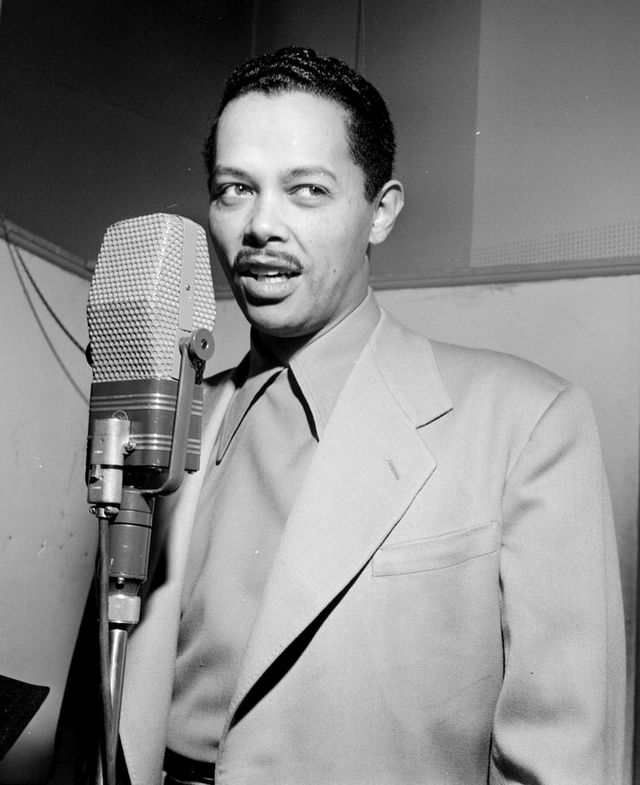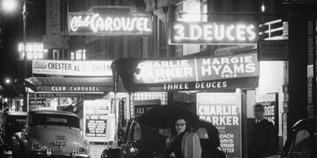
Bebop (Bop) 2
Many bebop musicians began their professional careers performing with Swing Era big bands during the late 1930s and early 1940s. Historically influential big bands include the Billy Eckstine Orchestra-Eckstine was particularly supportive of young beboppers-and the blues-inflected Kansas City-based band led by Jay McShann featured Charlie Parker in the early 1940s. To be clear, some swing band characteristics include the swing rhythm, an emphasis on individual solos, improvisation, and syncopation. In general, however, the increasing codification of the "swing" style and the growing commercialization of Swing Era jazz prompted many young musicians to seek alternative contexts to explore new musical ideas such as focused on more dramatic melodic, harmonic, and rhythmic passages. Also, bebop's other key musical characteristics include virtuoso improvisational solos, fast tempo, at least half the band plays a solo.
The late 1930s and early 1940s witnessed several developments in the American popular music industry that impacted on bebop's emergence. A dispute over royalties between the major radio networks (ABC, CBS, NBC, and Mutual) and the American Society of Composers, Authors, and Publishers (ASCAP) led to a 1941 strike preventing ASCAP controlled music from being played on the radio. Although the radio networks created an alternative to ASCAP by forming Broadcast Music, Incorporated (BMI) in 1939, virtually all prominent jazz composers and music publishers were members of ASCAP and subject to having their music withdrawn from radio play. In parallel, James C. Petrillo, president of the American Federation of Musicians (AFM), instituted a ban on recording in 1942. Petrillo's ban, lasting nearly two years, aimed to implement a more thorough royalty collection process for radio broadcasters and jukebox owners. The ban prevented AFM members-which included virtually all of the emerging beboppers-from recording, thereby putting intense pressure on record labels to sign agreements that would ensure musicians received a higher portion of royalties. Many of the successful big bands of the time had to reconfigure under the name of vocalists who were not among the ranks of AFM union membership. As discussed in lesson 19, this ban also helped give rise to rhythm and blues.
As bebop became more common in New York, the clubs along Midtown Manhattan's famed 52nd Street (known informally as Swing Street) played host to many bop acts. By 1943, several bebop pioneers held regular engagements along 52nd Street, including Kenny Clarke and Dizzy Gillespie (DeVeaux 1988, 150-1).
Heebie Jeebies
Say, I've got the Heebies
I mean the Jeebies
Talking about
The dance, the Heebie Jeebies
Do, because they're boys
Because it pleases me to be joy
Boogie Woogie Bugle Boy
He was a famous trumpet man from out Chicago way
He had a boogie style that no one else could play
He was the top man at his craft
But then his number came up and he was gone with the draft
He's in the army now, a blowin' reveille
He's the boogie woogie bugle boy of Company B







